Conversations from ESMO Targeted Anticancer Therapies Congress 2024
Drug Discovery World
MARCH 26, 2024
DDW’s Megan Thomas caught up with Oliver Rausch, Chief Scientific Officer at Storm Therapeutics, following the ESMO Targeted Anticancer Therapies Congress 2024, a global meeting focusing on promising new anticancer targets and agents, focusing on those in early phase clinical development. MT: What data did you present at the conference?


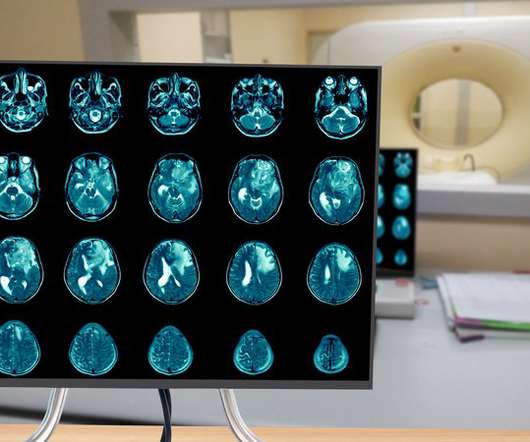


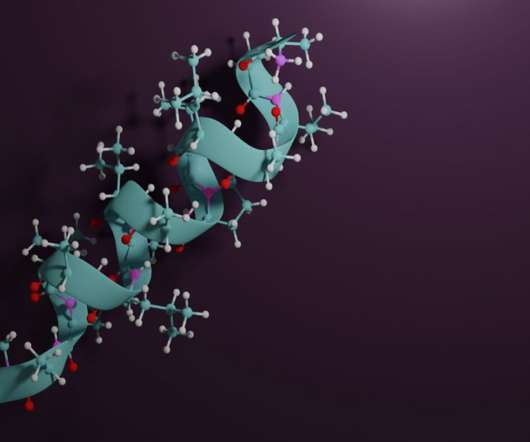
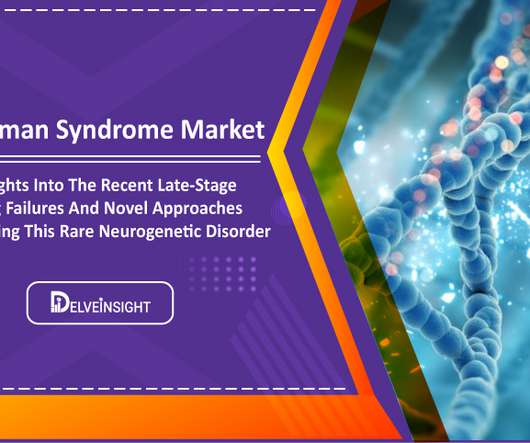



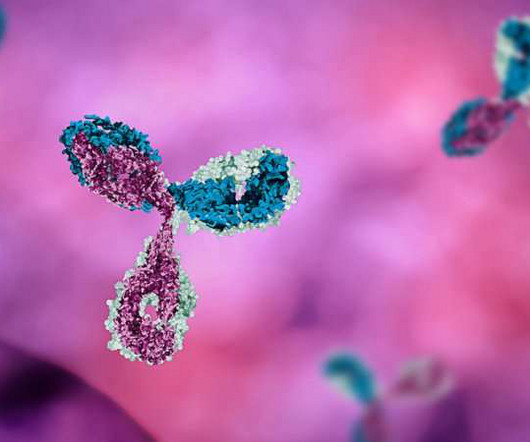



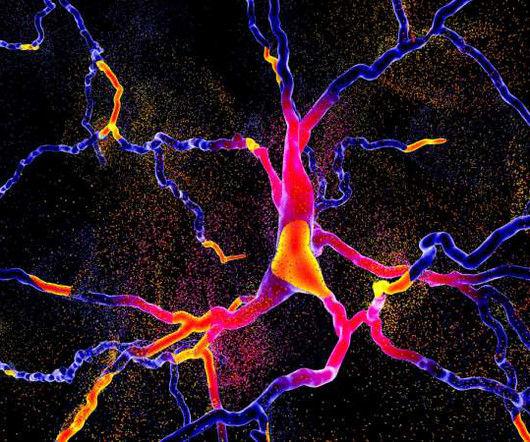
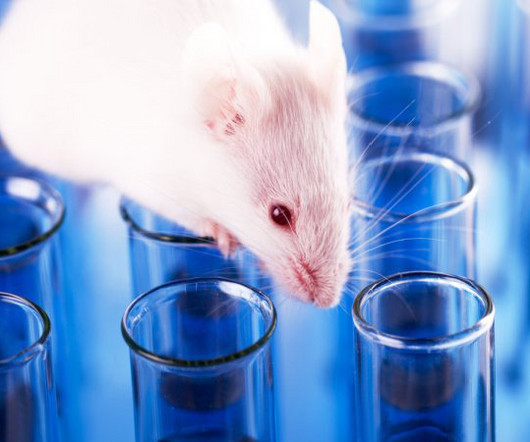







Let's personalize your content